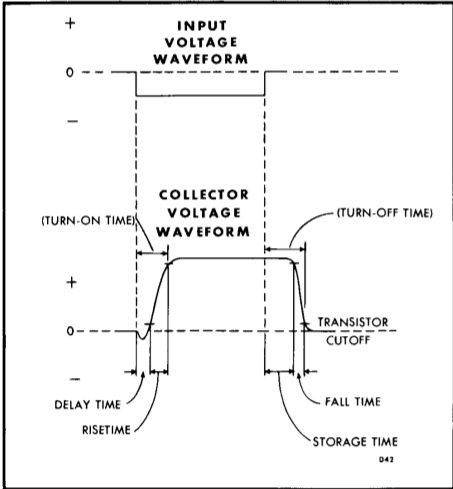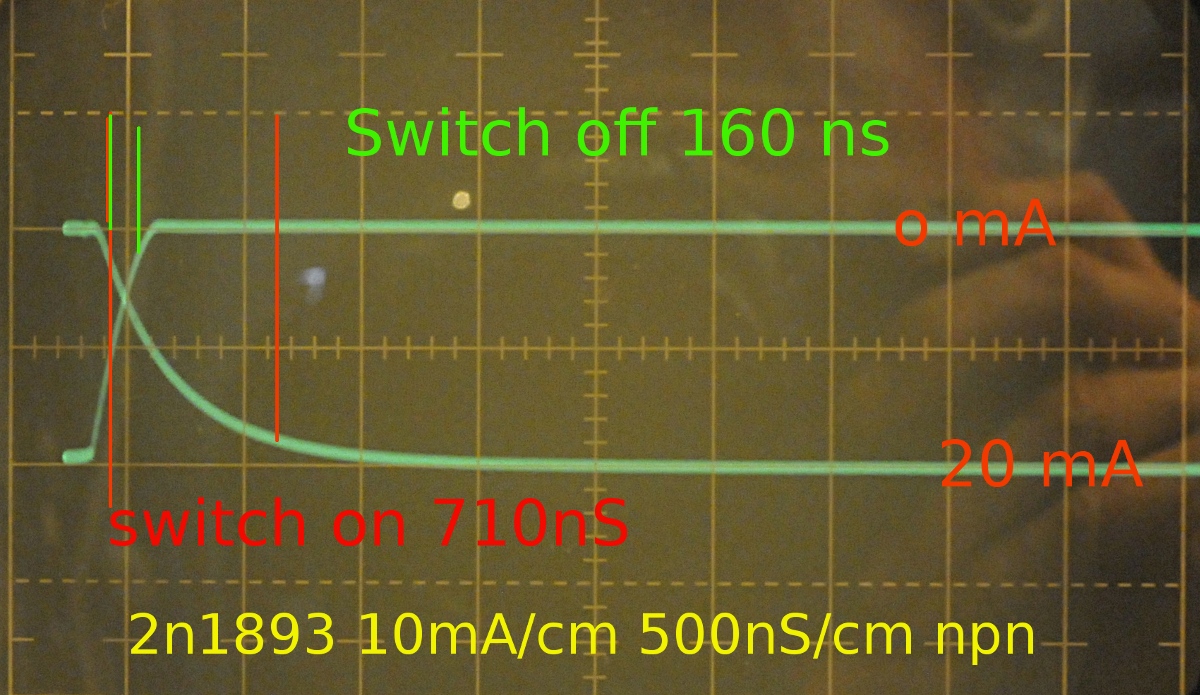Nice, that is the Spirit, no spice but real measurements, i learn something too. I have done many experiments with caps but i have tested for the diode phenomen ( desrcibed in many books about caps) only using a current and voltage meter ( with my reformer). The current was limmited to 15 mA, the Vf voltages was 1 to 2 V depending the cap straight away. But here I see the cap still behaves like a cap under that Vf. It is not good for an electrolityc cap to be reversed biased, the oxide layer dammages. But it stayes under the Vf here. My RC time was much smaller and without the scope hooked to it, it just looked like the diode behaviour was there straight away. ( we are talking ms and my eye is not that fast)
In your case you misunderstood me on one point, you will not see the 1V that I meant because the base will not allow this. If you hook up only a cap reversed and a resistor you will see the cap ramping up to the Vf and not higher. If you turn it around it will ramp up to the V+ of the powersupply.
But for the rest you see my description. As soon as Q1 conducts you see the plus side of the cap getting loaded very fast. This ís the current through Q2 who starts to conduct as soon as Q1 conducts.
You see that under influence of the strong electric field the other side of the cap becomes negative and this is cutting off Q1 and in turn Q2 ( and I think the other cap makes the short delay between the two ( where the cap is loaded) i would think the cp would become laded to more as 1V. Then current is higher as I thought or your led had a higher Vf ( i took 2V like most red leds are)
The discharge of the 10 uF is as follow. The cap charged by Q2 is positive so there is a shortage on electrons at that side, that attracts electrons to the other side through the basis of Q1.
As soon as Q1 cutts off the electron low stops. Q2 cuts off too and the electrons flow through the 22 ohm to the positive site and discharging it to zero.
A transistor also needs some time for that. ( a transistor has a rise and fall time) but that's very short. This is also a sort of ramping because the capacitances it has ( we are talking pF here, but many nF for MOSFET gates. Not a problem here just some extra info. I have a Tek plugin ( type R plugin) that measures that on a scope and it is nice to see that happening.

